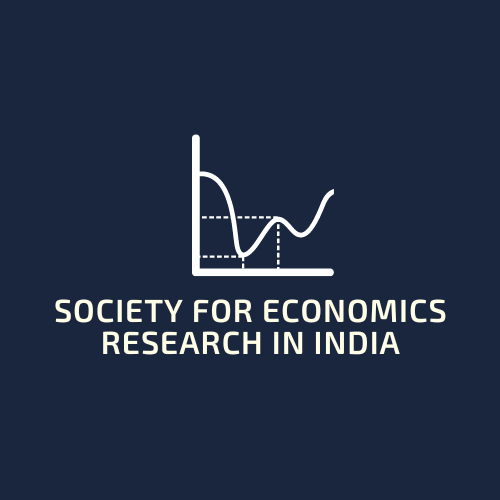Perceptions, Biases, and Inequality
Authors: Dyotona Dasgupta, Anuradha Saha
Abstract: In a novel framework, this paper captures the effects of perceived self-efficacy beliefs, built on the basis of the socio-economic background, on human capital investments and skill distribution. Ex ante children are homogeneous, but depending on parental education and job status, parents form different beliefs on the returns to their children’s education. An unskilled (poor) parent underestimates the probability of her child getting a skilled job upon getting education and overestimates the corresponding income. The skilled (rich) parents do the opposite. We find that the steady-state mass of educated adults, skilled workers, and income inequality depend on the degree of bias and the degree of affinity for the well-being of the child. In economies with low child affinity, irrespective of the degree of bias, there is always a poverty trap. For moderate child affinity, behavioral biases may give rise to multiple equilibria as well as lower the steady-state inequality. For huge child affinity, even a small bias induces poor adults to invest with a higher probability than the rich.
